COALITION AIR BASE, Persian Gulf Region—Framed by a matted khaki sky, a Royal Air Force MQ-9 Reaper drone armed with four Hellfire missiles and two GBU-12 laser-guided bombs takes off from this undisclosed location.
The unmanned aircraft is on its way to Iraq or Syria as part of Operation Inherent Resolve, the coalition air war against the Islamic State, the terrorist army also known as ISIS.
There is a 16.1 percent chance the Reaper will return to this base with fewer rockets and bombs, according to RAF data.
“We’re looking for deep targets,” RAF Group Capt. Jim Frampton told The Daily Signal.
“Leadership, foreign fighters, finances. This platform lets us understand how Daesh is functioning,” Frampton added, using a disparaging Arabic acronym for ISIS.
In a trailer beside a hangar at the airfield, two RAF pilots remotely control the drone through taxi, takeoff, and departure. They make radio calls with local air traffic control to avoid civilian aircraft.
Once clear of local airspace, they transfer control of the drone to British pilots at either Creech Air Force Base in Nevada or RAF Waddington in the United Kingdom. From thousands of miles away, pilots sitting in front of computer screens will remotely pilot the Reaper through its combat mission.
The Daily Signal was among the first news organizations to visit the Royal Air Force’s MQ-9 Reaper fleet, deployed to the Middle East as part of Operation Inherent Resolve.
Due to security concerns, the pilots spoke with The Daily Signal under the condition that their names and faces would not be revealed.

‘More Deliberate’
Drones like the Reaper conduct the bulk of airborne intelligence, surveillance, and reconnaissance missions in the air war against the Islamic State.
Advances in technology, as well as the exclusion of coalition ground forces from the fight, means drones play a more prominent role in Operation Inherent Resolve than in previous counterinsurgency campaigns in Afghanistan and Iraq.
The British Reapers—the U.S. also operates Reapers—can stay aloft for more than 13 hours. Their bread-and-butter mission, which RAF pilots say is critical to the overall war effort, is to covertly surveil ISIS targets to develop “pattern of life” information.
In an effort to limit collateral damage, pilots painstakingly monitor potential targets for the presence of civilians before launching missiles or dropping bombs.
The coalition relies on drones, as well as other aircraft, to conduct airborne bomb damage assessments to gauge the results of airstrikes.
“I don’t think we would be as precise as we are without RPAs [remotely piloted aircraft],” said U.S. Air Force Col. Clarence Lukes Jr., commander of the 386th Air Expeditionary Wing, the U.S. unit to which the British Reapers are attached. “It allows us to be more deliberate and not as reactive.”
“This is probably the most precise air campaign in the history of any type of warfare we’ve ever been a part of,” Lukes said.
The RAF Reapers also help gather intelligence that might lead to crippling attacks on ISIS. Since drones can orbit overhead for much longer than manned aircraft, they allow more time to discover other enemy targets.
Sometimes small groups of ISIS fighters in “technicals”—military parlance for pickup trucks with weapons mounted in the back bed—might lead the way to command posts, weapons caches, or leadership hubs. Strategic targets like these take longer to identify, but they also deal a more significant blow than does killing small groups of fighters the moment they’re spotted.
“Because the Reaper is a persistent asset, you don’t have to hit everything the first time you see it,” Frampton said.

Not for Show
The U.K.’s military operation to counter the Islamic State began with humanitarian missions in August 2014 to relieve Iraqi Yazidis trapped on Mount Sinjar during an ISIS massacre.
Operation Shader, the U.K.’s land and air contribution to Operation Inherent Resolve, came the next month. The first airstrikes in Iraq were on Sept. 30 and the first RAF Reaper airstrike in Iraq was on Nov. 10, 2014.
The U.K. began airstrikes in Syria following a contentious House of Commons vote last Dec. 2 in the wake of the terrorist attacks on Paris in November.
Prior to the parliamentary vote, British Reapers had been flying only surveillance missions over Syria. Now, RAF Reapers routinely fly both surveillance and airstrike missions over Iraq and Syria. And the pace of operations has been frenetic.
“The intensity can go from zero to 100 really quickly,” a RAF squadron leader told The Daily Signal.
The U.K. used drones in Afghanistan, and there was about a six-month overlap in which British Reapers were operating there as well as in Operation Inherent Resolve. Now, Reapers fly missions only over Iraq and Syria, RAF officials said.
According to British and American military personnel, the British Reapers have played an important role in the air war against ISIS—often with lethal effect.
As of April 28, the RAF Reapers had released 369 weapons over the course of 1,234 total missions. Sometimes the drones released multiple weapons on one flight, but overall, 16.1 percent of the Reaper missions involve an airstrike, according to RAF data.
Pilots say the drones also have a less quantifiable, but equally important, part in degrading ISIS—breeding fear.
“We put the fear of God in Daesh’s heart,” said a U.S. Air Force lieutenant colonel in the 46th Expeditionary Aerial Reconnaissance Squadron, the RAF Reapers’ umbrella unit. (U.S. MQ-1 Predator drones operate alongside the Reapers from the same deployed location.)
For the purposes of this report, The Daily Signal will refer to the officer as “Troy.” Like his British counterparts, he spoke on condition of anonymity due to security concerns.
“They’re getting desperate because of us; hopefully we make them rethink what they’re doing,” Troy said of ISIS.
Drones are much quieter than manned fighter jet or bombers. Consequently, a drone typically isn’t detected from the ground before or after an airstrike, giving the impression that the attack seemed to materialize from thin air.
“[Drones] are the air platform they fear the most,” a RAF squadron leader said. “There’s a psychological effect from the fear of being watched and not knowing it.”

‘Continuous Dialogue’
The RAF Reapers in Operation Inherent Resolve belong to the 83rd Expeditionary Air Group. Called a “lodger” unit, the British drone pilots and support personnel work alongside the U.S. Air Force’s 46th Expeditionary Reconnaissance Squadron and share some ground support assets.
Within the coalition, the RAF Reaper unit maintains a distinct chain of command, yet target assignments and mission taskings come from coalition leadership.
“All of our targets are coalition targets,” Frampton, the RAF group captain, said.
The British drones aren’t just a token contribution to the war effort, British and American pilots say. They’re important in degrading the Islamic State’s ability to wage war.
“Without the MQ-9 fleet, we wouldn’t be as effective,” Lukes, the U.S. commander, said.
The British Reaper pilots also developed new weapons delivery techniques, which American pilots have adopted.
However, the 326 weapons deployed by the unit comprise only a fraction of the coalition’s total 11,876 airstrikes, of which the U.S. has launched 9,073.
“We work really closely with the U.S.,” Frampton said. “There’s a continuous dialogue with the U.S., but we approach things quite differently.”

Effects
The days are over when ISIS fighters brazenly paraded through captured cities and towns in technicals, trailing black flags.
Coalition airpower has impeded the terrorist army’s freedom of movement across the vast open spaces in Iraq and Syria, forcing them to hunker down in urban areas where they use civilians as human shields.
“We are seeing stark differences in the way ISIS operates,” Troy said.
The coalition air campaign so far has killed about 25,000 ISIS fighters in Iraq and Syria, according to Pentagon data. In September, coalition airstrikes were killing about 1,000 a month, at the time on par with the rate at which ISIS recruited new fighters.
About a year ago, the war was at a virtual stalemate. Now, military commanders say the coalition has the momentum.
According to recent Pentagon reports, ISIS is recruiting about 200 new fighters a month and has an overall strength of about 19,000 to 25,000 fielded fighters in Iraq and Syria. This is down from a high of about 31,000 in previous years.
The Islamic State has lost control of about 40 percent of the territory it once held, according to Pentagon data.
One advantage for coalition forces is that the terrorist group’s reliance on suicide attacks has left it with a paucity of experienced soldiers.
ISIS had a reputation on which it relied for recruitment, built on a string of early battlefield successes. But as the group suffered heavy causalities, lost territory, and saw the collapse of its financial and logistical networks after coalition airstrikes, ISIS has adopted more brutal occupation tactics to maintain authority within the territory it occupies.
“We see indications that Daesh is not as strong as before,” Lukes told The Daily Signal. “They seem fractured. They’re not mounting large offensives anymore.”
Senior coalition commanders say the enemy’s commanders already have fled the ISIS-controlled city of Mosul in northern Iraq in the wake of sustained airstrikes.
“You don’t see as many black [ISIS] flags any more,” Frampton said.

Tipping Point
An impending Iraqi ground campaign to liberate Mosul could be a tipping point in the war, coalition personnel say.
Mosul has become a symbolic objective for the Iraqi national army, which is looking to reassert its legitimacy after being routed during the ISIS blitz across Iraq to the gates of Baghdad in 2014.
The liberation of Mosul, only 40 miles from the Kurdistan Regional Government’s capital in Erbil, also will be a key fight for the Kurdish peshmerga to demonstrate its battlefield élan compared with the Iraqi national army.
“Mosul will be the next part of this phase of defeating Daesh,” Lukes said. “When we’re ready to launch a combined air and ground assault on Mosul, we will. We’re not done yet.”
Despite coalition air support, however, the battle for Mosul could be a bloody one.
Approximately 7,000 ISIS fighters are entrenched in the city of more than 1 million, according to U.S. military personnel and news reports.
Mosul, the most populous city controlled by ISIS, is barricaded behind successive layers of improvised explosive device (IED) defenses and booby traps, creating a perilous approach for attacking Iraqi and Kurdish forces.
Military and news reports say ISIS fighters have bedded down within the civilian population. The use of human shields will limit the freedom of coalition air power to support ground forces.
The tight urban battlefield within a dense civilian population will require the kind of sustained “eyes on the target” capability that drones like the Reaper can provide.
“Mosul is going to be a big fight,” Frampton said. “And there’s a lot we can do to shape the fight.”

‘Compartmentalize’
The use of drones to deliberately target British citizens fighting for terrorist organizations has sparked debates about due process and the legal limits of government to assassinate its own citizens—controversial issues with which the United States also has grappled.
RAF Reaper pilots steer clear of discussing politics or thorny legal issues, but they do push back against what they say are misperceptions about drones.
Drones are not automated “deathbots,” as one pilot said. A human pilot is remotely in control of everything a drone does—takeoff, landing, surveillance, firing weapons.
Human pilots remain essential to drone operations. And if communication with the drone is somehow lost, the aircraft is programmed to fly back automatically to its base of origin.
Another misperception is that drone pilots are immune from the psychological consequences of their actions.
Killing the enemy while staring at a computer screen is still killing, even with technological barriers supposedly sterilizing the act.
Drone pilots face a unique kind of combat stress. When combat pilots typically go to war, they are quarantined from everyday life by distance and the simple routines of being deployed.
But drone pilots have to balance the daily burden of making life or death decisions on faraway battlefields with the mundane chores of “normal” life.
“You look at bad guys for six hours and then you have to come home and fix the washing machine,” one RAF flight lieutenant said.
The deployed RAF Reaper pilots all previously piloted the drone on combat missions. They explained the need to find ways to “compartmentalize” the unique psychological stress of drone warfare.
While RAF manned aircraft pilots usually deploy for about four months, Reaper pilots remotely conducting combat missions from the U.S. and the U.K. can be involved in combat operations day in and day out for up to three years.
“We go through the same adjustment process as deployed pilots, but on a much more frequent time scale,” a RAF flight lieutenant told The Daily Signal. “It’s tough. But there are coping strategies.”
Each pilot reacts to the stresses differently, and many have developed personal routines to ease the daily transition from war to peace. Some use the car ride home as time to decompress after missions; others listen to music.
“I'll spend an hour so in the gym or go on a run,” a RAF squadron leader said. “I create a buffer zone in my mind to separate my civilian life from my work life.”
Frampton, the RAF group captain, said:
Everybody deals with the stress in a different way. We have the support mechanisms in place. And we look for the effects. There’s a lot of research going into the cumulative effects of non-stop combat operations.
The workload for drone pilots isn’t likely to diminish anytime soon. Recognizing the long-term military value of remotely piloted aircraft, the Royal Air Force has plans to double its drone fleet in the next decade.

Just Cause
Many of the Reaper pilots say they have few qualms about killing ISIS fighters.
They’ve seen the beheading videos. They’ve seen the videos of prisoners burned alive and of gays hurled from rooftops. They read news reports about the crucifixions, the rapes, the sex slaves, and the mass murder of Muslims, Christians, and Jews.
The Islamic State’s ruthlessness adds a moral justification to the Reaper pilots’ mission. A squadron leader told The Daily Signal:
When you are in a situation where there is a loss of life, you think about who the enemy is. Knowing that the enemy has oppressed so many people and done such brutal things helps with the compartmentalization. There aren’t many reservations about what we do.
“We’re professional about it, but Daesh’s brutality only reinforces our conviction that what we are doing is just,” Troy said.
Consequently, killing the enemy is not what weighs heaviest on the pilots’ consciences. The safety of coalition soldiers on the ground is of far greater concern.
“What haunts us the most is when we can’t help the guys on the ground,” a RAF squadron leader said. “And that applies to the Iraqis. They’re standing up for freedom and we want to help them out.”
Nolan Peterson, a former special operations pilot and a combat veteran of Iraq and Afghanistan, is a foreign correspondent for The Daily Signal. Copyright The Daily Signal. This article was originally published on The Daily Signal.
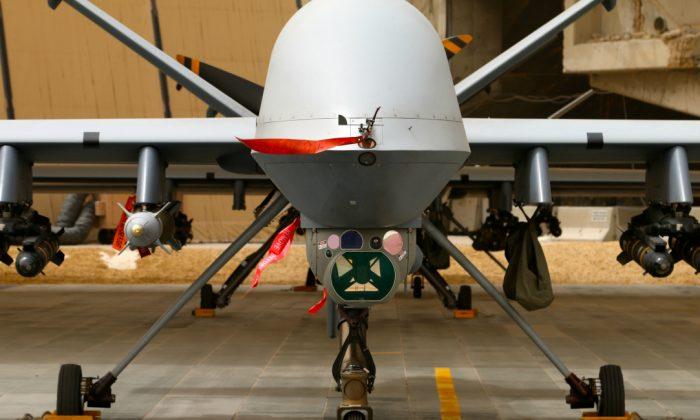

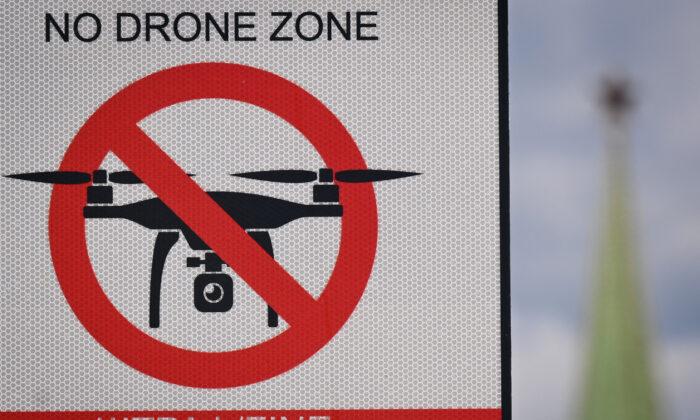
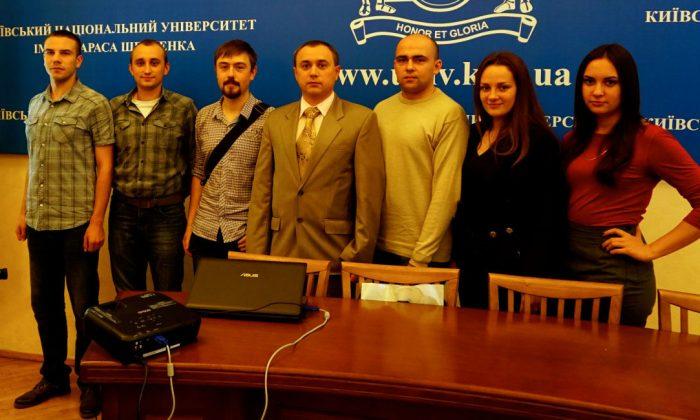
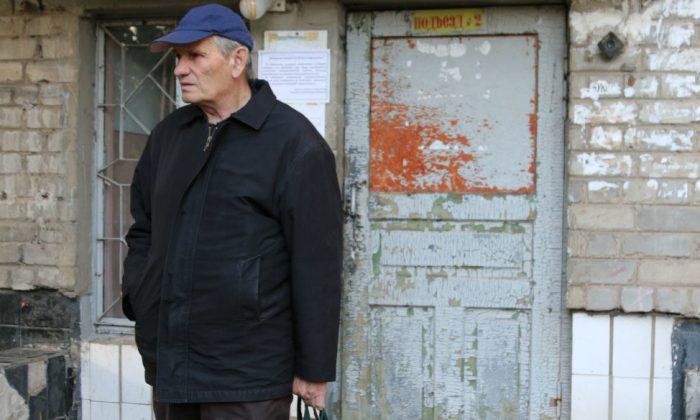
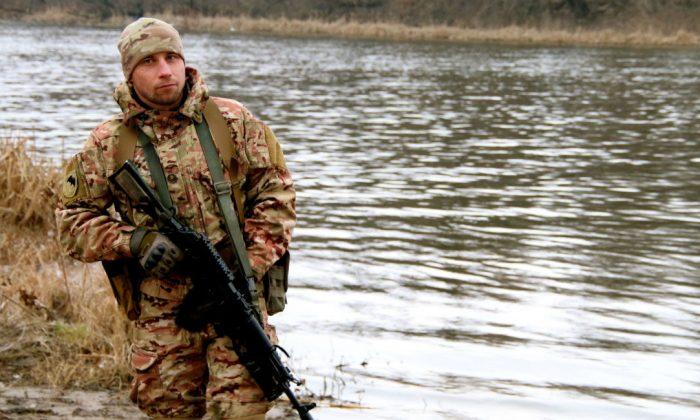
Friends Read Free